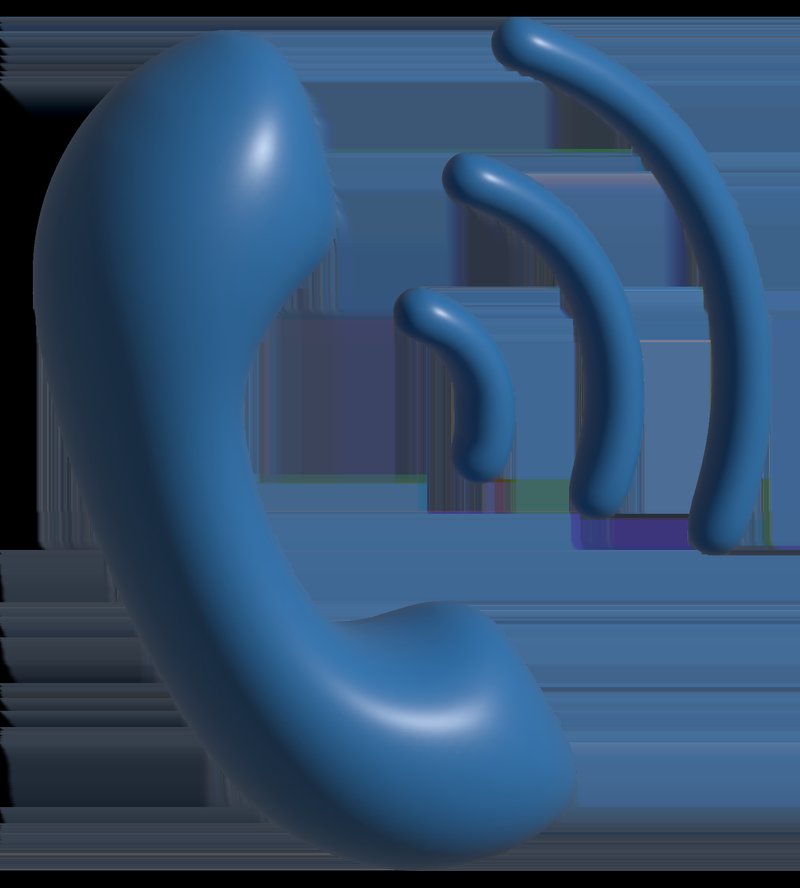
In the world of home appliances, Whirlpool refrigerators are known for their reliability and innovation, but like any high-tech gadget, they can sometimes run into hiccups. The “E3” error is one such instance and usually points to a problem with the refrigerator’s defrost system. Think of it as a built-in alarm system that lets you know when something isn’t quite right with how your fridge keeps things cool, just like how a smoke alarm warns you of potential fire.
Understanding error codes might sound daunting at first, but rest assured, you’re not alone. Let’s dive into what exactly the E3 error means, why it happens, and when it’s time to call a technician to save the day.
What Does the E3 Error Code Mean?
The E3 error code is a signal that something’s off with your refrigerator’s efficiency – particularly in its defrost cycle. Imagine your fridge as a finely-tuned ballet of cooling processes, where every action is perfectly choreographed to keep your food fresh. An E3 error means the defrost system has stumbled in its routine, causing the fridge to lose its cool equilibrium.
Typically, this error arises when there is an issue with the defrost heater, sensor, or even the defrost timer. Think of these components as the thermostat and heating element in your home that keep things from freezing or overheating, maintaining a cozy balance. If one of these elements isn’t working properly, it can lead to excessive frost build-up on the evaporator coils, reducing the fridge’s efficiency – kind of like how too much ice on a car windshield can reduce visibility.
If left unchecked, this error can escalate to more significant problems, potentially leading to inefficient cooling and spoiled food. Not only does it affect your food’s freshness, but it could also lead to increased energy bills as your fridge works overtime to compensate for the inefficiency. It’s essential to address these issues sooner rather than later.
Identifying Common Causes of the E3 Error
So, what causes this bothersome error code to pop up? The usual suspects are the defrost heater, defrost thermostat, or defrost timer malfunctioning. Picture these components as responsible party-goers who need to take turns to ensure a successful dance: if one misses a beat, the whole routine can fall apart.
The defrost heater’s role is to melt away any frost accumulations. When it fails, frost builds up excessively, much like a clogged drain causing water to overflow. The defrost thermostat ensures the heater does not overwork by monitoring the temperature, and the defrost timer schedules when these defrost cycles should occur. If any of these components go awry, your refrigerator’s performance can take a hit.
Another possible cause could be related to a faulty control board, which is like the brain of your fridge, managing the timing and operations of various components. If the control board is malfunctioning, it might not trigger the defrost cycle properly, leading to that pesky error code.
When to Step In and When to Call a Technician
You might be tempted to roll up your sleeves and tackle the issue yourself, and that’s great! But here’s the deal: some things require a professional touch. If you’re comfortable doing minor troubleshooting, like checking connections or ensuring the vents are clear of blockages, go for it. But when it comes to replacing parts like the defrost heater or thermostat, it’s best to leave it to the experts.
Calling in a technician is crucial if you’ve tried basic troubleshooting and the error persists. These professionals can perform more in-depth diagnostics and repairs that might be beyond the average DIYer. They have the experience to spot subtle issues that aren’t immediately obvious and can efficiently replace faulty parts.
Moreover, working with electricity and sensitive components can be risky without proper training. A technician ensures that repairs are not only effective but safe, preventing further damage or hazards. Regular maintenance check-ups can also prevent future occurrences and extend your refrigerator’s lifespan, much like regular doctor visits keep you healthy.
Preventive Tips to Avoid Future Errors
Prevention is always better than cure. To avoid the E3 error and similar issues in the future, regular maintenance is key. Treat your fridge as you would a car; it needs periodic check-ups and some TLC. Ensure the vents aren’t blocked by food items, which can restrict airflow and cause the system to overwork.
Keep an eye on the seals around the doors; if they’re not sealing properly, your fridge could be working too hard to maintain the internal temperature. Cleaning the condenser coils regularly can also help, as dusty coils can overheat and lead to performance issues.
Lastly, a simple but effective tip: don’t overload your fridge. Every item inside needs space for air to circulate, much like how people in a crowded room need ventilation to breathe comfortably. Giving your fridge some breathing room ensures it can operate efficiently without overstraining.
When in doubt, consult your refrigerator’s manual for guidelines on care and maintenance. By keeping these tips in mind, you can minimize the chances of encountering that pesky E3 error code and ensure your fridge serves you well for years to come.
